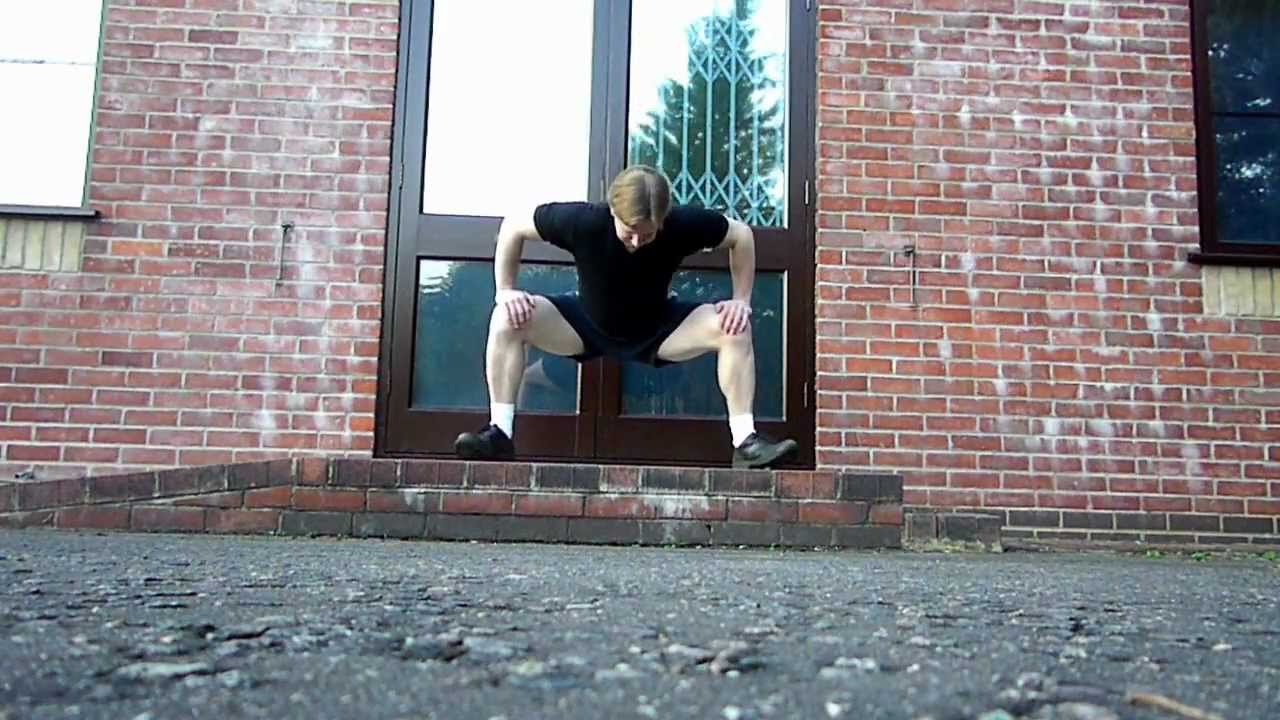If I was to ask you to provide me with a strength training related exercise, you would probably say something along the lines of a bench press or some form of a squat considering their common place within traditional workouts. In this particular article we are going to take a step back from the traditional, and examine fitness through a different lens based around our primitive foundations as human beings. Specifically, we are going to spread some light on the idea of unilateral bodyweight exercises and their relation to our natural and primitive ways of movement.
Take the moment to deeply envision our movement patterns before the fitness industry really came into full gear.
Basically everything that we did from crawling to walking to running to climbing involved unilateral movement. By definition unilateral movement simply means using only one limb rather than two limbs simultaneously to complete a movement.
I always like to consider the actions of children before they are shipped off to the schooling system and shaped by society. It is through children that we can see a modern day example of our primitive ways. Children move in the way that they were designed to move—in a unilateral fashion.
In the case of a unilateral movement such as walking, you have one leg in front of the other; it is in our nature to move in such a way. Whereas in the case of a bilateral movement such as squatting or benching, you have both limbs contracting and extending simultaneously in order to complete the movement.
For the majority of us in the sports and fitness community, we tend to rely on bilateral exercises to attain and reach our strength goals.
Could it be that in our pursuit of becoming stronger, we are inherently creating imbalance and confusion within our neuromuscular system which would actually increase our risk of injury? Perhaps there has not been enough significant evidence to answer this question one way or another, but the assumption that there needs to be a balance between unilateral and bilateral exercises still remains a viable recommendation.
Bilateral exercises have certainly shown how beneficial they can be throughout the years especially when it comes to maximizing strength gains. It is not at all my intention to infringe upon the reputation of bilateral exercises; rather the intention is to shed light on the necessities of unilateral exercises and the importance of maintaining a balanced program.
With that being said, the following video provides some unilateral bodyweight exercises of the lower extremity that can be incorporated into your program.
Greg is an exercise science major at Shippensburg University of Pennsylvania with minors in biology and coaching. He is also a lifelong athlete – involved in the sports of basketball, baseball, football, track & field and volleyball growing up. Competed at Shippensburg University in the shot put, discus, and hammer events as a Division II Track & Field athlete.

